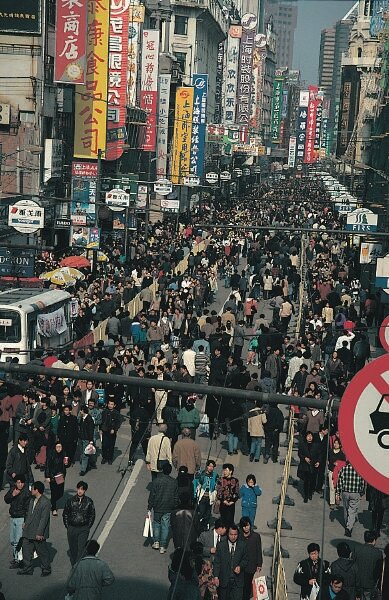
Editor (Asia – Far East)
BEIJING – On November 15, 2013, President Xi Jinping announced an easing of China’s controversial one-child policy in an effort to improve human rights, including the abolishment of the “re-education” labour camps as part of a reform package. While some people look forward to the new policy which will permit them to have two children if either spouse is an only child, experts have expressed their scepticism over the news. The criticism surrounding the country’s latest edict rests on the suspicion that it might be too late to solve what is often perceived as runaway population growth.
The infamous one-child policy, also officially known as “family planning policy”, was introduced to the Chinese public in 1979 for the purpose of population control, in an attempt to repress various social and economic problems. Since then the totalitarian government has strictly enforced the policy with fines, making its general public rely on permits from the authorities. In some most extreme cases, sterilisations and late-term abortions have been enforced, causing horrified reactions across the globe.

However, there were indeed a few exceptions to the policy, such as the chance to qualify for having two children if both parents were an only child. Additionally, ethnic minorities are still exempt from the policy, including rural families whose first child is a female or disabled.
The Communist Party’s effort to stabilise the world’s largest population has worked; the birth rate fell from 4.77 children per woman to 1.64 by 2011. However, China’s family planning laws have ironically caused yet another wave of social problems. It is expected that the country’s working-age population, including those aged 15-64, will decrease by approximately 62 million workers within two decades, resulting in a growing population of the elderly. Besides the fact that China is facing a looming worker shortage, the population have long favoured sons over the daughters, meaning that there is a huge problem of the gender imbalance, making China’s population statistically the most unbalanced on earth.
The initial reaction to the Communist Party’s decision to revise one-child policy was certainly favourable, but the question remains whether or not it is too late to stop the stagnation of the working-age population. Human rights experts also suggest that the Chinese authorities are dismissing the issue of human rights violations, instead focusing on demographics and economic problems. What some even call a “gendercide” might continue to occur if the constrained system in the People’s Republic of China remains unchanged.
Image Courtesy: Stephen Codrington, Licensed under the Creative Commons Attribution 2.5 Generic | Wiki Commons; George Louis, Licensed under the Creative Commons Attribution-Share Alike 3.0 Unported | Wiki Commons
Simona Botviciute
Latest posts by Simona Botviciute (see all)
- US urges North Korea to release Merrill Newman - December 9, 2013
- China Launches ‘Jade Rabbit’ Lunar Mission - December 2, 2013
- Asia Tensions: Japan Refuses to Provide Flight Details to China - November 27, 2013




No comments
Be the first one to leave a comment.